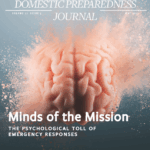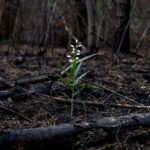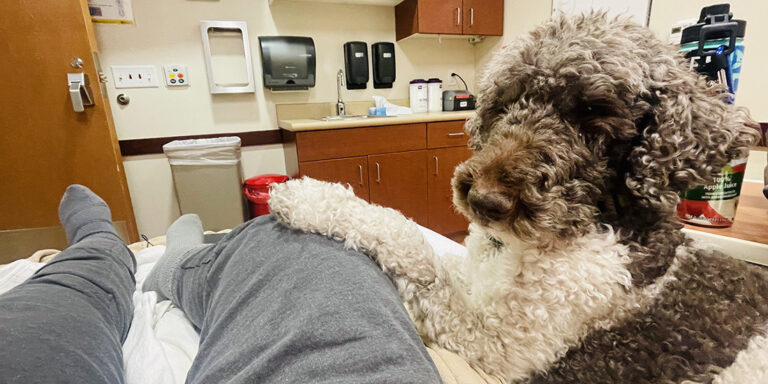
Archives

Service dogs do far more than guide or retrieve—they are medical equipment, trained to monitor, alert, and even intervene during a health crisis. For first responders, understanding these working dogs can mean the difference between life and death.
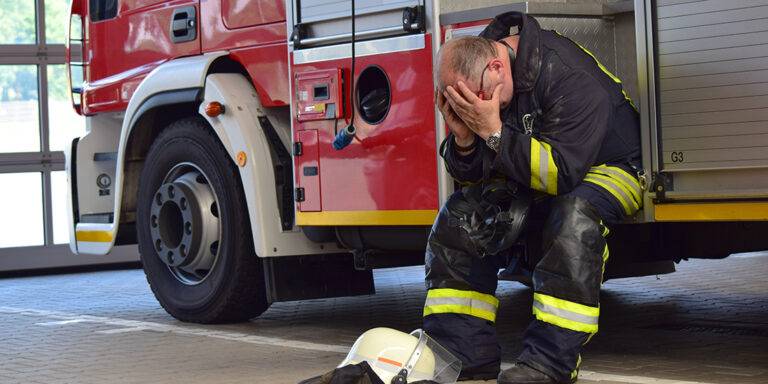
Physical and Mental Injuries in First Responders: Why Wait?
May 14, 2025
First responders undergo intense physical training to ensure they are physically prepared for emergencies. Yet despite the high-stress nature of their work, mental fitness is not given the same priority. To truly support first responders, mental wellness must be fully integrated into recruit training programs and proactively addressed throughout their
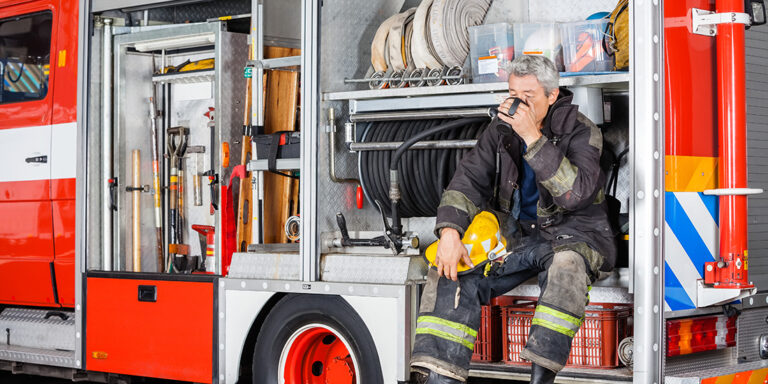
A Holistic Strategy for Responders’ Well-Being
May 7, 2025
First responders and emergency managers face constant, high-pressure stress from trauma, long hours, and critical decisions. This often leads to chronic stress, increasing risks of heart disease, mental health issues, and substance abuse. Their ability to help others depends on prioritizing their own well-being through proactive self-care.
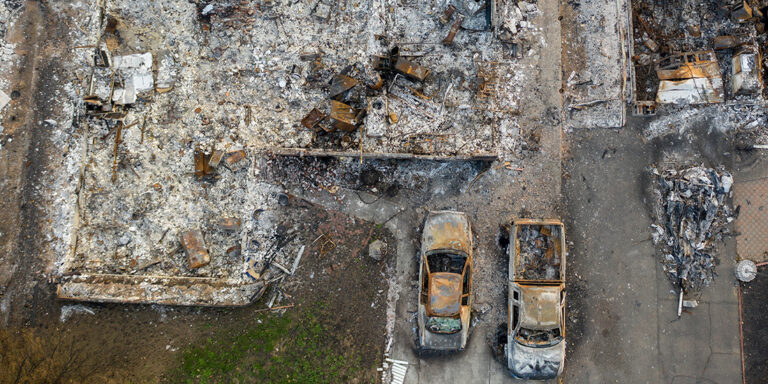
Emergency Alerts: The Missing Link
April 23, 2025
As satellite-to-cell technology grows more common, cell phone makers must move quickly to adopt it. This link can bridge emergency services and the public, no matter the disaster or condition of ground networks. Learn how real-time satellite communication saves lives by offering vital access for users and first responders.
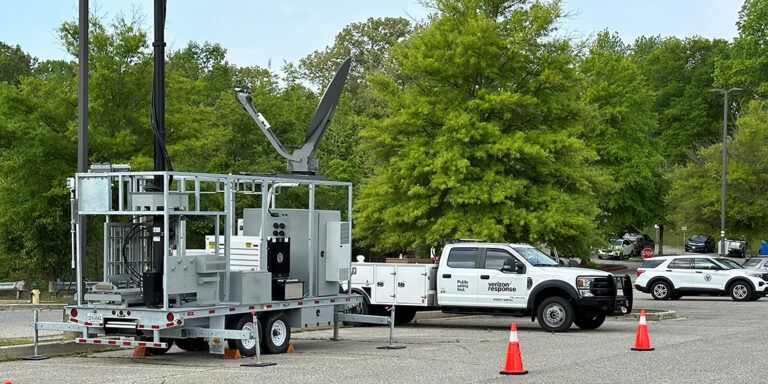
A Regional Approach to Public Safety Communications Planning
April 16, 2025
Despite significant investments in public safety, critical training gaps for first responders persist. Regional planning committees, established by the FCC in the 1980s to manage public safety radio frequencies, remain key to improving interoperability. Learn about ongoing efforts—both regional and national—to close communication gaps and improve coordinated emergency response.

Mission Ready Packages: New Possibilities
January 15, 2025
In 2005, the Superdome in New Orleans served as a mass shelter and accommodated over 25,000 people during Hurricane Katrina. Those accommodations, though, were inadequate, with limited power, plumbing, and other resources. To avoid a similar scenario, the Mission Ready Venue Initiative enables stadiums to be a resource for immediate
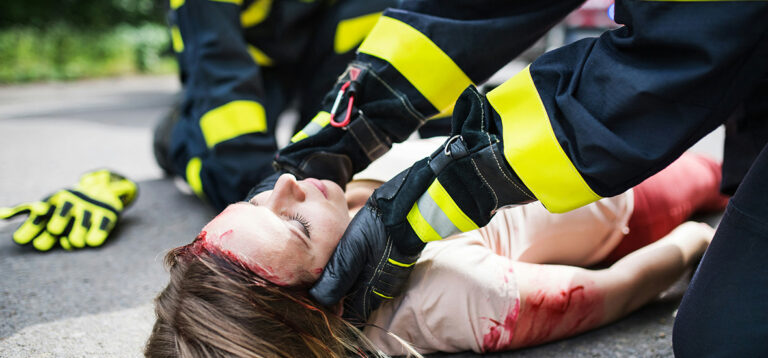
Jane Doe – Responding to Vulnerable Patients
June 26, 2024
Despite the prevalence of first responders encountering human trafficking victims, they are not always aware of the signs or proper handling of the situation to ensure the health, safety, and well-being of victims. One paramedic shares his experience with an encounter that provided him lessons to share.
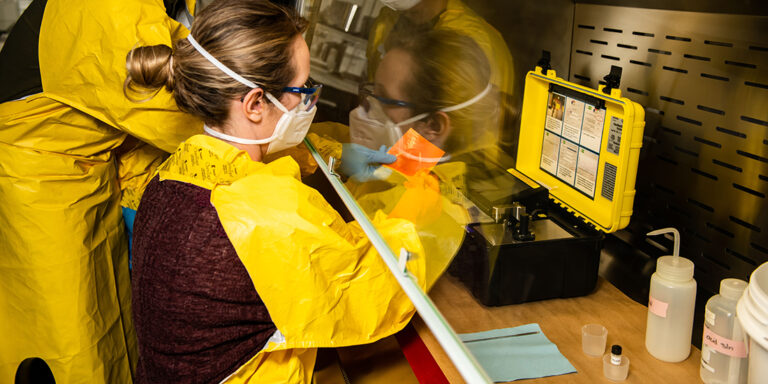
Fentanyl Hazards and Detection
June 12, 2024
The deadly opioid epidemic in the United States does not stop at overdoses. It also poses life-threatening exposure to first responders who arrive on scene. Learn about the new ways scientists at Pacific Northwest National Laboratory are expanding detection strategies and technologies to keep these responders safe.

Responding to the Call – The Cost of Caring for Others
September 13, 2023
There is a cost to caring for others, but it does not need to be a lifelong debt that continues to overwhelm the people who stepped up and those around them. The cost can be manageable with the right plan of support and the willingness to explore coping options.

Article Out Loud – Responding to the Call – The Cost of Caring for Others
September 11, 2023
There is a cost to caring for others, but it does not need to be a lifelong debt that continues to overwhelm the people who stepped up and those around them. The cost can be manageable with the right plan of support and the willingness to explore coping options.


